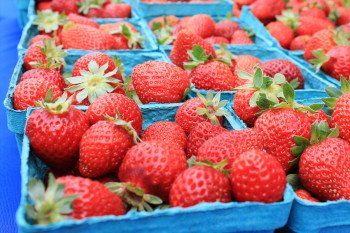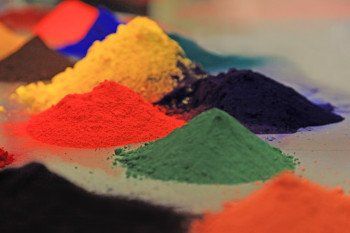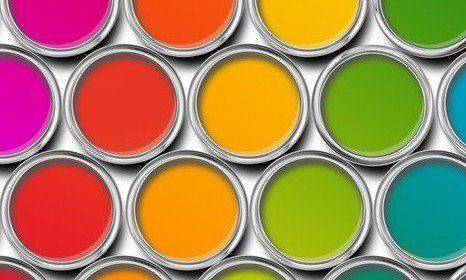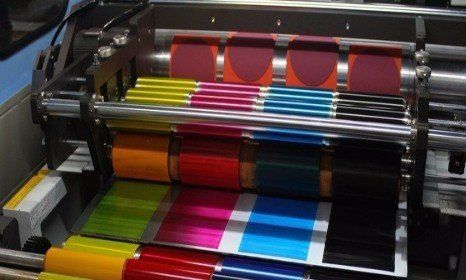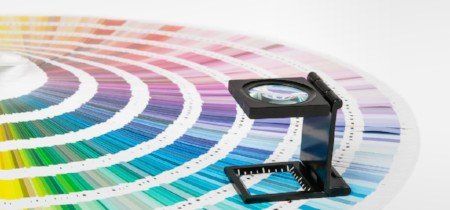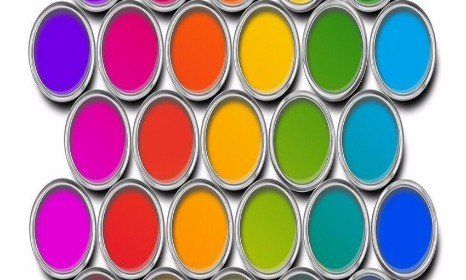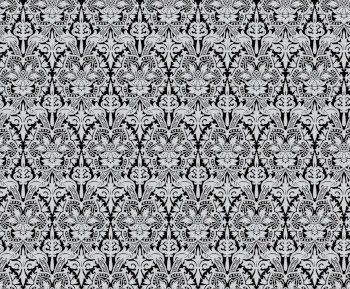A Guide To The Manufacture And Usage Of Mixed Inks
- By Centre Colours
- •
- 02 Jan, 2019
- •

Ink mixing is a basic but very essential stage in producing a quality image on a wide range of materials and formats. If done incorrectly, the whole printing operation can be inefficient, inaccurate and a waste of time and resources. Colour is very important and emotive in our daily lives as well as a powerful tool for business. The way that colour is displayed on printed material can dramatically improve productivity, communication and enjoyment. In this blog you can read an ‘all- you-need-to-know’ guide about the manufacture of inks and their mixing process.
Ink Production
At its most basic, ink is a liquid or paste that is used to colour a surface to create a design, text or image. It can be a deceptively complex medium, especially in the modern age, and its ingredients can serve lots of different purposes. Dye and pigment are the foundation stones on which ink is built. Dyes are soluble when combined with something like ink to create a colour through its properties. Pigments are created both organically and artificially, are insoluble unlike dyes, and aren’t changed by the chemicals they are being mixed with. Coloured inks often contain petroleum distillate solvent, soybean oil, linseed oil, and another sort of organic pigment. Black ink on the other hand commonly uses titanium dioxide and a carbon black to get its tone. Both of these types of ink are also supplemented by oils, wax and a drying ingredient to help with the printing process. If the drying agent is alcohol, evaporation will cause the ink to dry. With linseed oil as a base, the ink will dry via air oxidation.
The process of ink manufacture involves dissolving the dye into the ink, followed by adding the particular pigment after it has been ground up. This grinding stops the pigment separating into pockets or settling at the bottom of the vessel. The exact proportion and mixture of the pigments and dyes combined with other additives depends on the purpose of the ink in the pigment dispersion process. After this mixture is complete, the pigment and dye solution will be blended with water, linseed oil or alcohol contingent on later chemical additions or the purpose of the ink.
Once this stage is complete, all the substances are placed into a hot container until the different ingredients are properly dispersed and the solution is in a fine liquid form. To aid this process some makers of ink strain the ink mixture through a filter to ensure that there is no sediment left. Any sediment left during this process threatens to interfere with the rest of the printing process when the ink is eventually used.
What Different Colours Can Be Made By Colour Mixing?
Undecided which colour to choose? That’s understandable - with ink the sky's the limit! Inks are great because they can be blended in a multitude of different shades and tones to perfectly fit the object. When you are deciding to mix various inks to produce your ideal shade you have two options: formula or no formula.
No Formula Ink Mixing
If you decide to not use a formula, you can still get a great colour. This can be done by using a couple of base colours and a combination of black and white. There are some basic colour rules that you can follow to easily mix the ink into the approximate shade that you require.
In the RGB colour model you have red, green and blue. Mixing these colours makes new colours (known as additive colours) as shown on its colour wheel. These are the primary colours and as such, when all three are added together, white is created. This is generally used on electronic devices. When you mix using paint however, you instead use a subtractive colour method. If you subtract the original colours from white you get cyan (blue), magenta (red) and yellow. The mixing of these three colours produces black, and when these colours are gradually mixed, they tend to get darker as you would expect. This is the CMYK colour system and this is the one employed during printing. With a handy list of basic colour combinations you’ll be sorted.
Ink Mixing With A Formula
Artists and printers have been mixing inks for hundreds and hundreds of years and have you used many differing colour systems. Today however, the most commonly use system is called the Pantone Matching System. With this system there is a basic set of 13 base colours and black and white. By utilising this system you can create up to a standard 1,667 colours - surely enough to pick from! You can get your Pantone formula guide from Pantone or from a printing or ink business. When you choose a Pantone colour you mix three base colours by adding a certain proportion of parts as listed.
As mentioned previously, CMYK is another colour system in use. This cyan, magenta, yellow and black method using just four basic colours and are employed in the production of paper based products like newspapers and magazines. Combined on occasion with orange and green, these four base colours can give the impression of complete full colour on printed materials.
How To Mix Inks
Mixing inks can be a messy process so it is a good idea to prepare a reasonable sized area while covering anything important to prevent potential stains. A flat surface that is clean and free from matter is a must, as is somewhere that is well lit. A table made from metal, glass or stone is an excellent surface to use, but a glass plate on white card is considered the optimal choice.
Equip yourself with multiple ink knives, spatulas and containers for any mixed ink. You also need a scale to help you with mixing the different particular proportions of the ink. If you are working from a formula it doesn't matter what order you mix the different colours, but it is often best to start the mixing process with the lighter colours and then go darker. This is because dark colours can very speedily overpower lighter tones. If you are unused to mixing then you should take especial time and care with the proportions. When mixing the ink try and use the normal ink rather than the ‘ink skin’ that sometimes forms at the top of containers. Try your best not to disturb the ink too much when doing this as exposure to air can affect its quality.
As with all paint use you should ensure that there is a decent amount of ventilation for health reasons, especially when cleaning the mixing surface and your tools.
Centre Colours
If you are looking for a company that is an expert in all things ink - get in contact with Centre Colours! Regardless of what type of company you are, we at Centre Colours can offer you years of expertise, skills and a reputation in paint. Our inks are renowned throughout the sector and we cater for our customer’s bespoke needs in paint, coating, colour and much, much more. There isn’t a member of staff on our team that isn't highly trained, experienced and a complete know-it-all when it comes to the painting and coatings industry. Centre Colours is a Leeds based pigment dispersion company that is proud to offer only the best in service to the great county of Yorkshire and beyond. We have a vast selection of different customers covering a range of different sectors and sizes. Feel free to read more about our services on our website and get in touch with us on 01977 685 458 or contact us via email on info@centrecolours.co.uk for more information.



